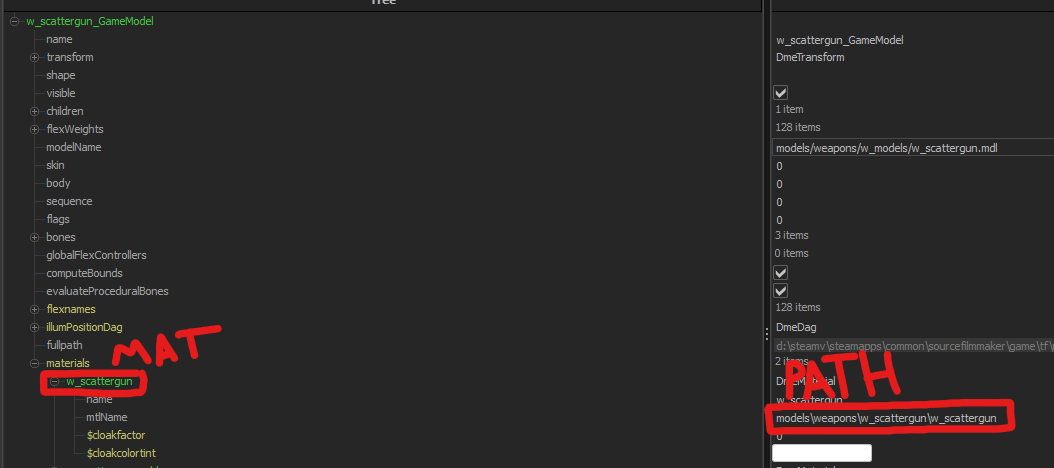

Source filmmaker how to move models install#

Downloading the model from a third-party site like SFM Lab.
Source filmmaker how to move models download#

I can simulate a little girl’s dress as she twirls around next to her furry friend. Corrective smooth saved a poor weight painting job. And of course there are many other tools in Blender too. I don’t think SFM has that kind of flexibility. This allows me to mix physics and animation for “relaxed” movement, which I find intuitive. I built a rig with bones, that moved a softbody curve which moved the actual deforming bones. Additionally, I have more flexibility in Blender for the types of rigs I build. That is a lot of calculations for a real time game engine, but Blender was developed expecting those heavy scenes. In my case, I wanted wind physics to blow realistic grass and cause reflections in a character’s fur. It takes more effort to get started on a blank canvas than an environment where most of the assets are readily available and much of the work is already done, but Blender has the tools to make it worth it. However, if you are looking to expand beyond those videos, as was my case, Blender gives you an open canvas to work on. So if what you see done in SFM videos accomplishes the visual quality you desire, SFM might be a faster approach to getting your videos finished. Lastly, game art assets are much more readily available in SFM. However, I think that’s the limit, whereas you can get much more expressive lip syncs manually in Blender. Someone correct me if I am wrong, but I think SFM’s lip-syncing tool is more automated than even the best of Blender’s plugins, as it doesn’t require someone to type in the script. While you can do the in Blender, it isn’t as intuitive because Blender targets a wider audience than just gamers. One thing it does is allow you to build a rough animation by playing the game. SFM pretty much replaced machinimas, because it natively accomplished the same goals in a much more straightfoward fashion.

The other key difference is the target workflow. It looks great for a lot of cartoony series, such as TF2, Mario, Sonic, and Splatoon to name a few, but if you wanted to go beyond that, you might find the tool somewhat limiting (more on that later). Likewise, SFM limits you to the engine’s rendering capabilities. You can get really creative, and the tool is really powerful, but you are limited to the art assets available. It’s like Mario Maker in the world of Mario Games. SFM is a cutscene creation tool built off a well-established game engine. The number one difference you will find between the two packages from a capability standpoint is the render. Don’t get me wrong, they are both amazing tools which do really cool things for their users, but hopefully I can clarify some of the differences specifically in “Parody animations”. However, like everyone else is saying, they are completely different tools. I have actually been down this path before, as my goal was to make 3D parody animations, something both tools are capable of doing.


 0 kommentar(er)
0 kommentar(er)
